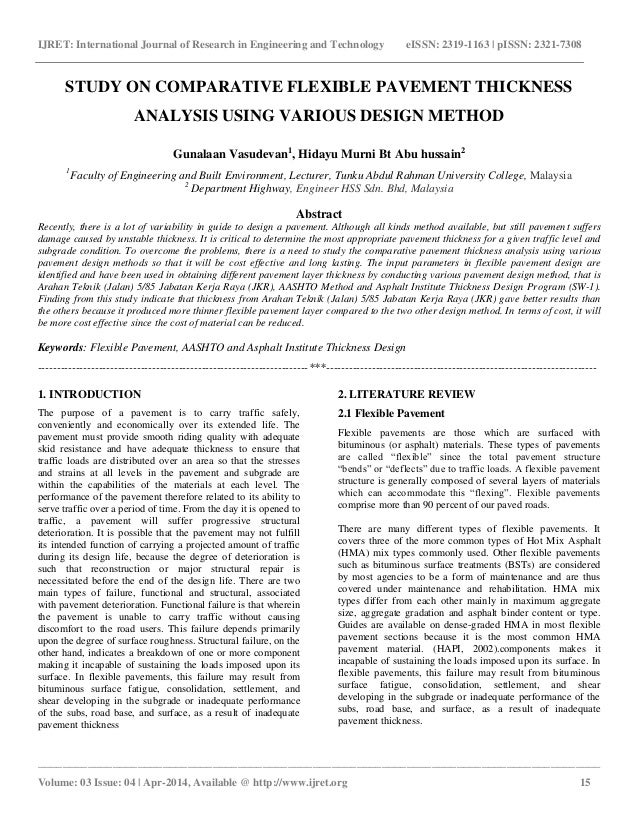1993 Aashto Guide For Design Of Pavement Structures Pdf Editor


1993 Aashto Rigid Pavement Design
Again, during the years 1984 and 1985, a committee, consisting of AASHTO experts and some consultant engineers, revised it under NCHRP 20-7/24 Project and, after some modifications, presented the 1986 AASHTO pavement design manual [2]. Then in 1993 the method was revised again and led to the. Free AASHTO Guide for Design of Pavement Structures 1993 + Supplement (Vol 1) lrf free Akal Takht and Other Seats of Sikh Polity e-book download J.C. Leyendecker: American Imagist djvu.
This article needs additional citations for. Unsourced material may be challenged and removed. (February 2010) The AASHO Road Test was a series of carried out by the (AASHTO), to determine how contributed to the deterioration of. Officially, the Road Test was '.to study the performance of pavement structures of known thickness under moving loads of known magnitude and frequency.' This study, carried out in the late 1950s in, is frequently quoted as a primary source of experimental data when vehicle wear to highways is considered, for the purposes of road design, vehicle taxation and costing. The road test consisted of six two-lane loops along the future alignment of.
Each lane was subjected to repeated loading by a specific vehicle type and weight. The pavement structure within each loop was varied so that the interaction of vehicle loads and pavement structure could be investigated. 'Satellite studies' were planned in other parts of the country so that and effects could be investigated, but were never carried out. The results from the AASHO road test were used to develop a pavement design guide, first issued in 1961 as the 'AASHO Interim Guide for the Design of Rigid and Flexible Pavements', with major updates issued in 1972 and 1993.
The 1993 version is still in widespread use in the United States. A new guide, originally planned for release in 2002 but as yet still under development, would be the first AASHTO pavement design guide not primarily based on the results of the AASHO Road Test. Mio moov 330.
The AASHO road test introduced many concepts in pavement engineering, including the load equivalency factor. Unsurprisingly, the heavier vehicles reduced the serviceability in a much shorter time than light vehicles, and the oft-quoted figure, called the Generalized Fourth Power Law, that damage caused by vehicles is 'related to the 4th power of their axle weight,' is derived from this. The other direct result of the tests were new standards for road construction in the US, which are still in use today. The road test used large road user panels to establish the 'Present Serviceability Rating' (PSR) for each test section, as the test proceeded. Since panel ratings are expensive, a substitute key parameter 'Present Serviceability Index' (PSI) was established. The PSI is based on data on the roads longitudinal, patch work, and.
Later studies have shown that PSI is mainly a fruit of unevenness, with a correlation of more than 90% between the two. Unevenness was measured with a mechanical, reporting a parameter called slope variance (SV). SV is the second spatial derivative of height. For a vehicle traveling at speed, SV is the exciting source to vertical acceleration; the second derivative in time domain of height. This makes very good sense, since 1 – 80 Hz acceleration is the parameter used when relating human exposure from vibration to perceived discomfort in the current ISO 2631-1 (1997) standard.

Thus, SV is physically linked to. While the study is now quite old, it is still frequently referenced, though critics point out that its data is only valid under the specific conditions of the test with regard to the time, place, environment, and material properties present during the test.
Extrapolating the data to different situations has been 'problematic'. Other studies have attempted to refine the results, either through further empirical studies, or by developing mathematical models, with varying success. The AASHO study is still the most often quoted study on the subject however.